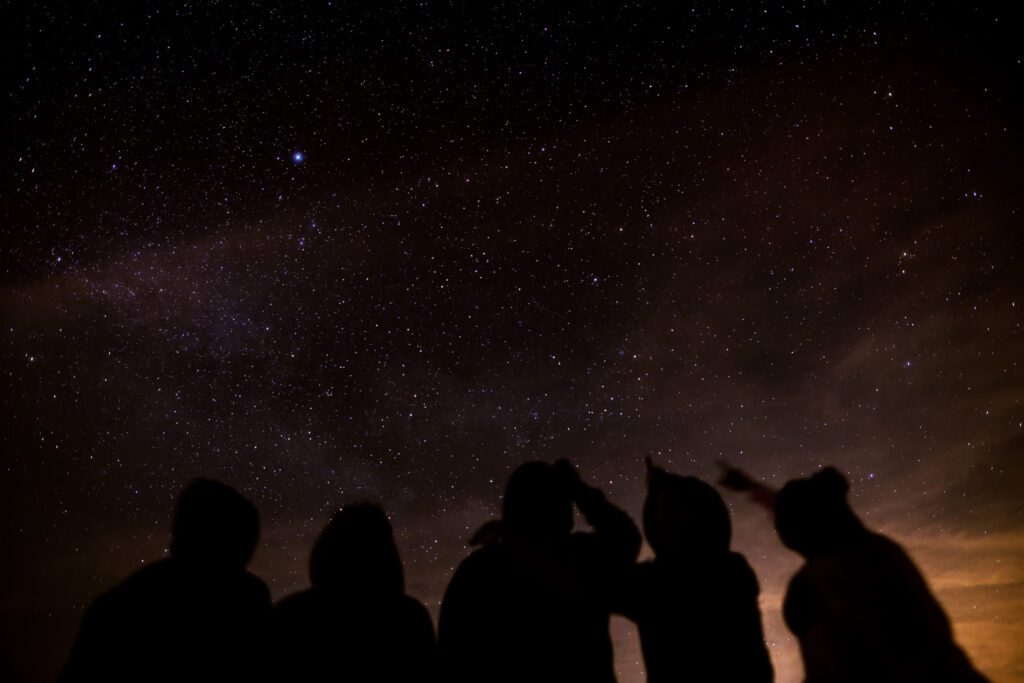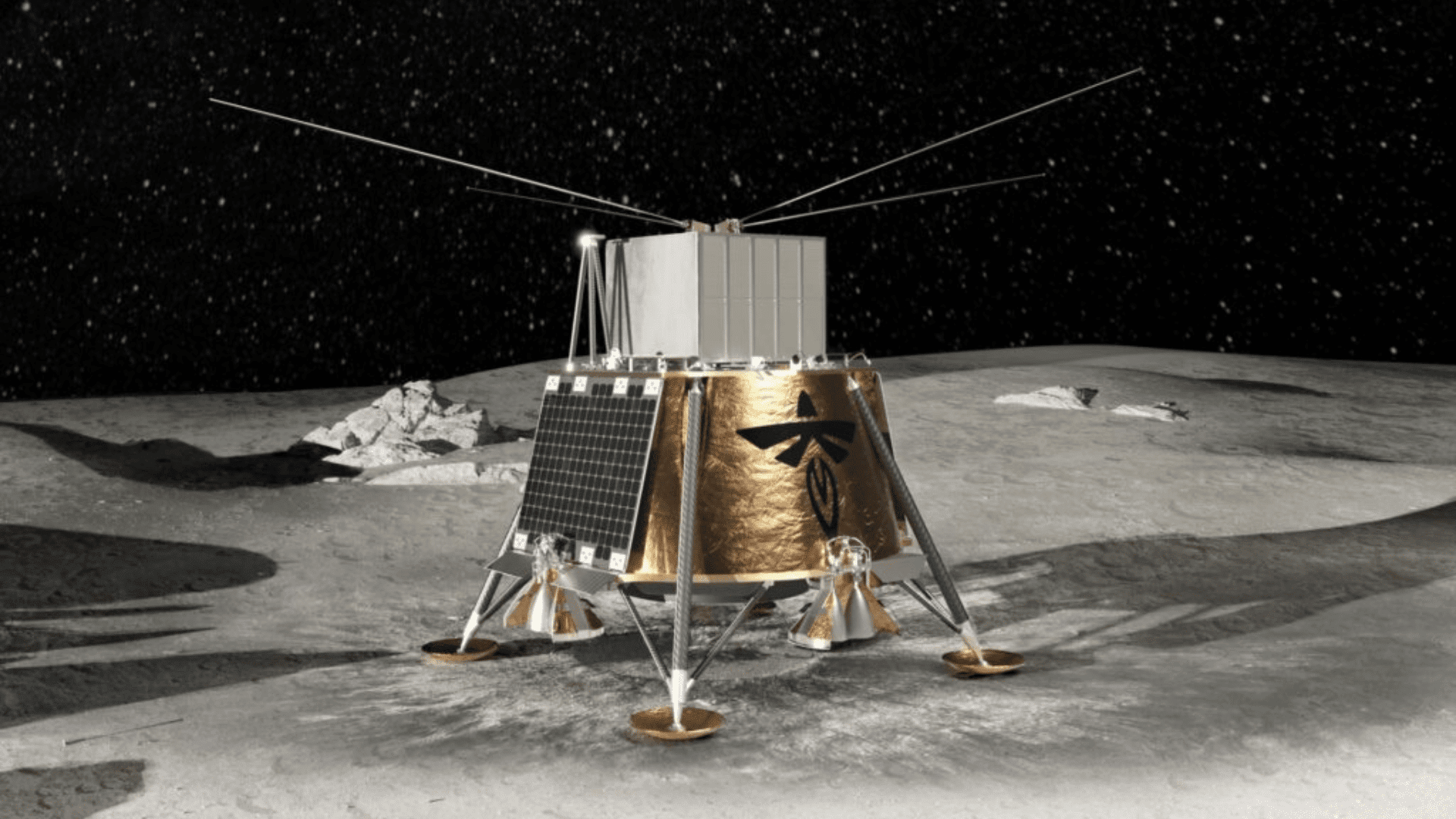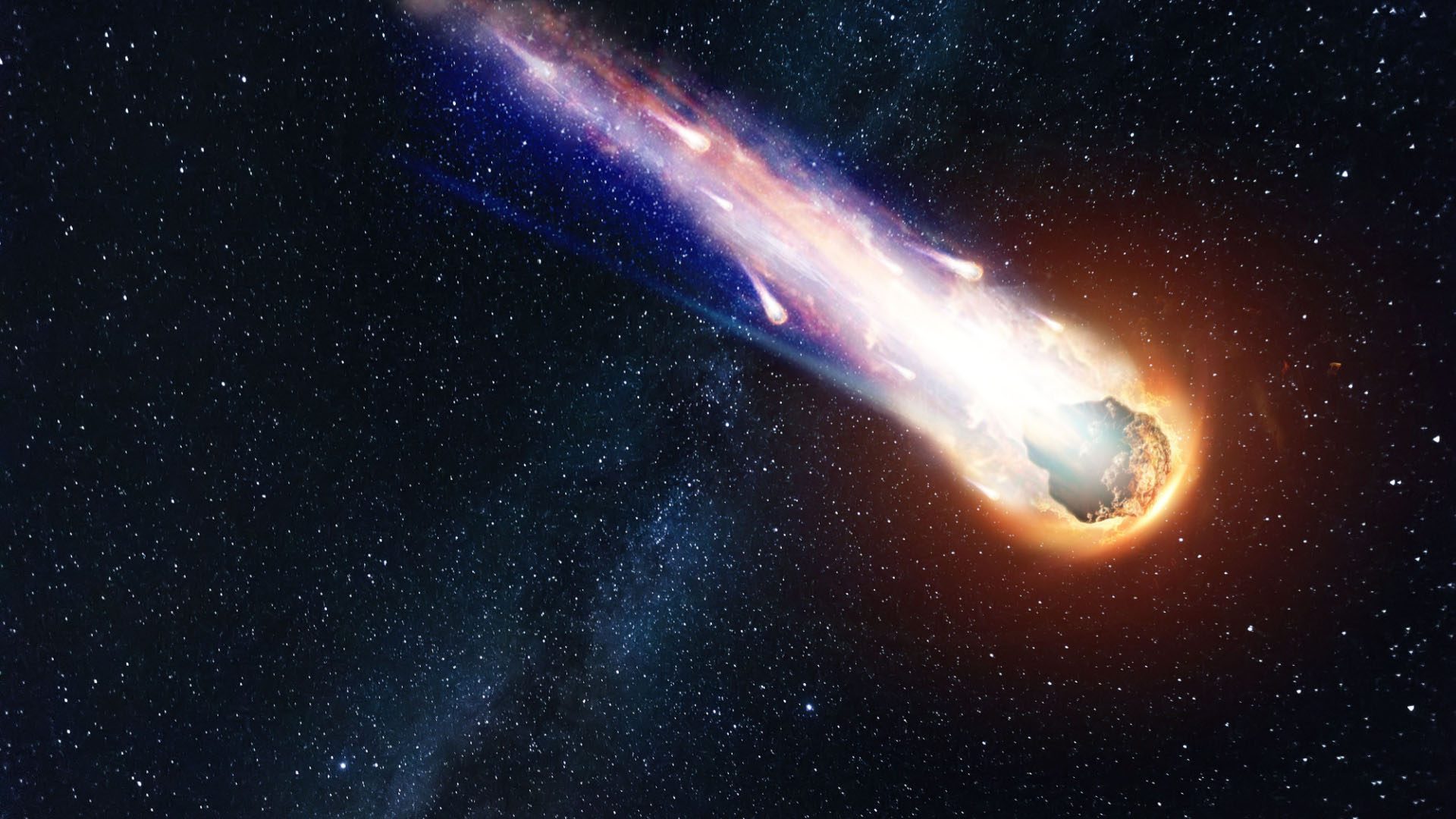This year kicked off with a meteor shower, but that’s far from the last event for stargazers in 2024. Here’s the complete list of 2024 space events and how to view them.
Full Moons
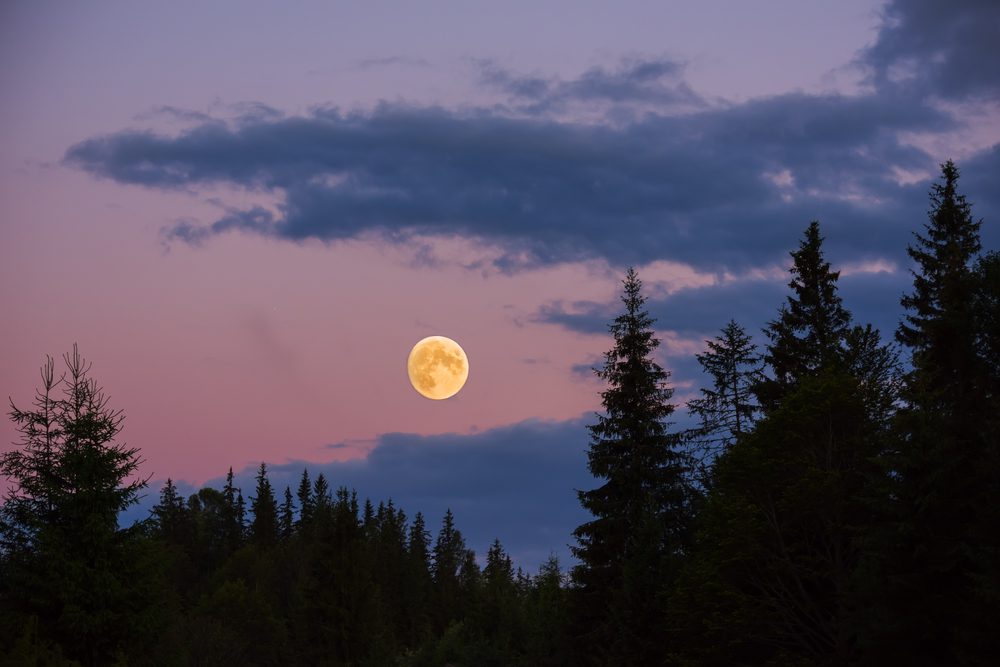
For the most up-to-date information, the Old Farmer’s Almanac details specific moonrise times for different ZIP codes across the United States. NASA recommends going outside and looking up at the sky to view the full moon, but you could also use a telescope or binoculars to magnify and clarify details on the moon’s surface. Also, utilize local forecasts for detailed information on how clear the night sky will be in different locations and time zones.
- January full moon – Thursday, Jan. 25 – Wolf Moon
- February full moon – Saturday, Feb. 24 – Snow Moon
- March full moon – Monday, March 25 – Worm Moon
- April full moon – Tuesday, April 23 – Pink Moon
- May full moon – Thursday, May 23 – Flower Moon
- June full moon – Friday, June 21 – Strawberry Moon
- July full moon – Sunday, July 21 – Buck Moon
- August full moon – Monday, Aug. 19 – Sturgeon Moon
- September full moon – Tuesday, Sept. 17 – Corn Moon
- October full moon – Thursday, Oct. 17 – Hunter Moon
- November full moon – Friday, Nov. 15 – Beaver Moon
- December full moon – Sunday, Dec. 15 – Cold Moon
Meteor Showers
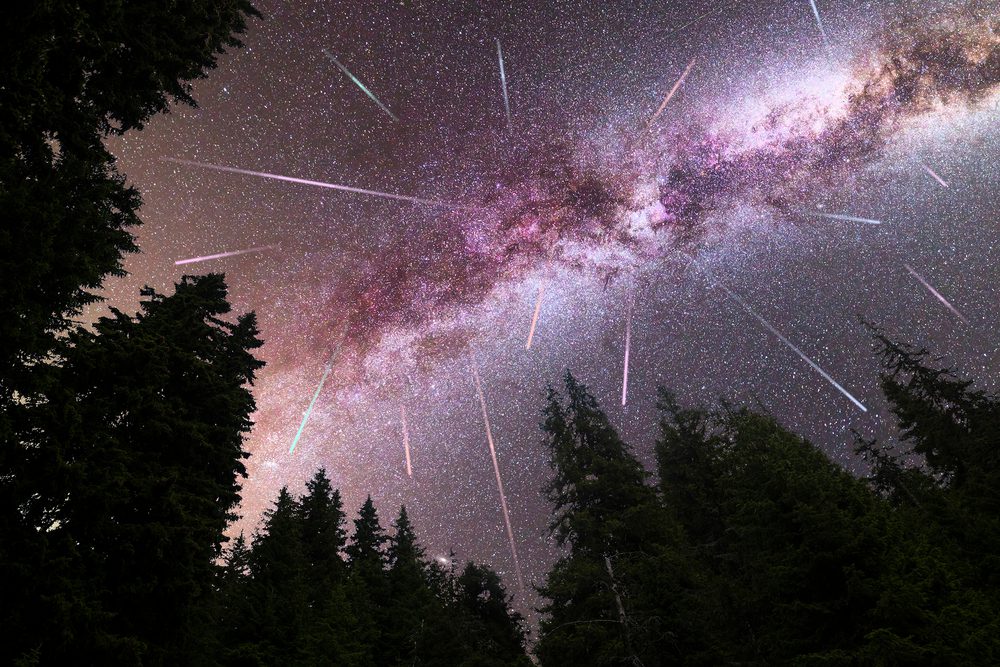
During a meteor shower, many meteors hit Earth’s atmosphere in a short period. The glowing, hot air that is emitted by the meteors as they speed through the atmosphere causes streaks of light to appear across the sky. For the best viewing experience, ensure you know the ZHR (zenithal hourly rate) or the number of meteors you might see per hour in peak viewing conditions.
- Quadrantids meteor shower – Thursday, Jan. 4, 2024
- Lyrid meteor shower – Sunday, April 21 through Monday, April 22
- Eta Aquariids meteor shower – Saturday, May 4 through Sunday, May 5
- Perseids meteor shower – Monday, Aug. 12 through Tuesday, Aug. 13
- Geminid meteor shower – Friday, Dec. 13 through Saturday, Dec. 14
Eclipses
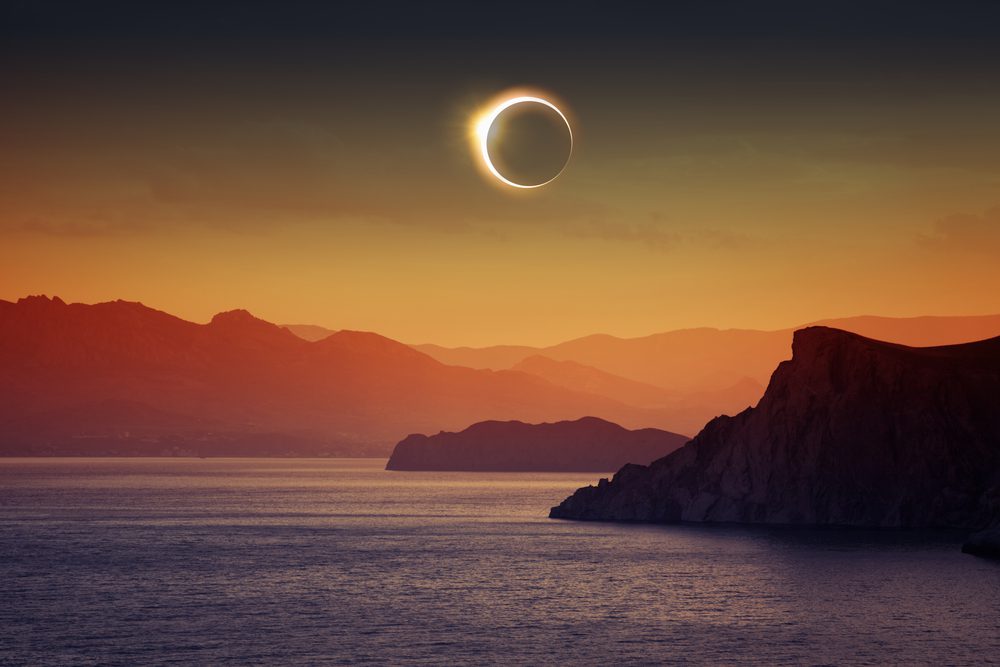
A solar eclipse is when the moon completely blocks out the face of the sun. This year’s solar eclipse could be your last chance to see one for decades to come. After the total solar eclipse on April 8th, 2024, the next total solar eclipse that could be seen from the United States will be on August 23rd, 2044. Simply ensure you’re correctly utilizing a solar filter for the best and safest viewing experience.
- Total solar eclipse – Monday, April 8
- Annular solar eclipse visible in South America (partial eclipse visible in South America, Antarctica, Pacific Ocean, Atlantic Ocean, North America) – Wednesday, Oct. 2



